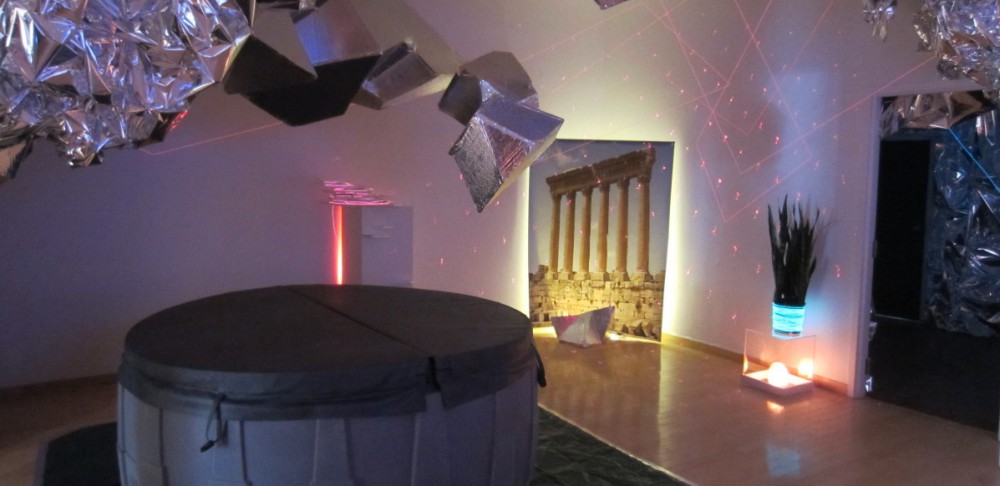I finally watched the Final Cut edition of Ridley Scott’s Blade Runner. As a fan of films like these and directors like Spielberg and Stanley Kubrick, I had never seen Blade Runner in its entirety until now. I think I might’ve watched the first 15 minutes of it and then tapped out.
However, as I put this movie on with a fresh mind, I really appreciated all of the elements of this film, both in its subject matter, as well as the direction and cinematography. One major thing that the film does well is convey a sense of despair and distopia through it’s setting and environment. Not once is there a scene that takes place in the daytime, with exception to the first encounter with Rachel and Deckard at the Tyrell corporation that takes place in sunset. It had a great “noir” feel throughout. One of the things I liked about the setting of the film was the way they combined the old with the new. What I mean to say by this is that they incorporated a lot of futuristic technologies such as robots and flying cars, with pyramid like structures, street markets, and clothing from ancient times. In particular, the Tyrell’s headquarters resemble an old ancient Egyptian temple. When you take a look at the shot at approx. (0:17:35), as Rachel walks toward Deckard the room has natural light and consists of pillars and other architecture that is very similar to the ancient Egyptians. In addition, the shot at (0:18:55) gives a view of what resemble the great pyramids, in this Egyptian-like environment as Deckard gives a test on a humanoid robot. I thought it was an interesting way to combine the two ideas of ancient and futuristic into one setting. There are also many similarities to the setting of Metropolis, especially between the Tyrell pyramid headquarters and Fredersen’s “New Tower of Babel” and how they are the centerpiece of the city.
When comparing this Philip K. Dick’s novel “Do Androids Dream of Electric Sheep,” I found it interesting what Scott chose to incorporate into the film as well as leave out. For example, Deckard is a bit more mysterious in the film than he is in the novel. We get more of a backstory into his character and we see him interact with more people like his wife (who does not exist in the film) and his neighbor an so on. In the film, we don’t know much about his backstory other than he is a “Blade Runner” who hunts replicants. Blade Runner does incorporate many themes that are present from the book, for example, what it means to be human. How can we distinguish between human and android (as Rachel points out when she asks Deckard if he’s ever retired an android). There is also an overwhelming fear of death, especially present with Roy Batty, who’s sole purpose is to find a way to increase his lifespan so that he can live longer. However, for as brutal as Roy was throughout most of the film, he shows a lot of emotion and empathy at the end, especially for Deckard when he saves him from falling to his death. Also when Roy is about to die after saving Decking at (1:47:36) he says “All the moments will be lost in time like tears in rain…time to die.” I found that incredibly moving and an insight into how these replicants may indeed have some sort of empathy and emotion. Also, Rachel’s true love for Deckard also make us question the idea of humanity much like we did in the book.
All in all I really enjoyed the movie. There were a couple of things the occurred in the movie which left me with questions, maybe you guys can fill me in who know the movie better. What was up with the figurine/origami things that were made by Gaff. Especially when you take into account the dream Deckard had of the unicorn, and then finding one of Gaff’s origami’s in the shape of a unicorn. Makes me question whether Deckard is really human.



